Why is Selling Art Online SO Hard?
by Owen Garratt | Selling Art Online
The 10 Biggest Reasons Selling Art Online is So Difficult:

R emember the heady days of the late 1990’s, when all the propellerheads in the world reassured us that “All we needed was a website and 100 million people would be beating a path to our door…”?
How’s that been working out?
And are you, perhaps, like me, one of those artists who sweated themselves to the bone, who worked against their nature and got a website up, and upon its completion we mopped the sweat from our brows…only to have nothing happen?
Like, absolutely nothing.
And if you are like me, then years would pass for anything was purchased from our website.
Like, years and years and years…
And have you tried any of the new models for selling art online, such as Fine Art America or Etsy?
Better perhaps, but even without knowing you and your art, I can predict that statistically, the results are pretty underwhelming.
So what’s going on?
Selling art online is the most efficient way to sell art, but it’s also the least effective.
In what way?
In terms of the math, selling online is efficient because you have unlimited potential; there’s not really any limit to the number of people that can come to your website on any given day.
Depending on what promotions I have currently running, I get over a thousand people a day at my website, and I couldn’t speak to 1000 people a day any other way.
Even at the best art shows I can only effectively speak to, at most, two or three people at a time, and if I take 10 minutes in each conversation that’s six conversations an hour, and over a 12 hour show that’s only 72 conversations I’m able to have – and that’s with no breaks!
So why is selling online the least effective?!
Because that same person that I speak and sell to in person ISN’T the same person online!
People are different online
They get a sort of “online ADD.”
No one’s engaged and they don’t actually read, they skim. Folks zip in and out and 4/5ths of a second isn’t much time to create engagement or a bond.
And we all do this, don’t we?
People’s behavior online is different than their behavior in person.
Let’s pretend you’re being introduced to someone for the first time, and you have to sneeze. You hold up that finger in that “just a second” way and go through the “Ah…AH…AH-CHOO!!!” routine, say “Excuse me, nice to meet you!” and begin your conversation.
But if this same person was introduced to online, and your site loaded slowly, they don’t wait for the “Ah…AH…AH-CHOO!!!” routine to finish, they just click away.
It’s overstating the obvious, but when they’re online they’re not speaking to a person, they’re on a website, and their behavior reflects that.
So our behavior, and how we present ourselves, needs to adapt as well.
The 10 biggest reasons selling art online is so difficult:
1) Communicating online requires different and specific writing skills.
To communicate online you need to be a writer, and writing is MUCH harder than people think. Everyone thinks they can write (just like everyone thinks they can paint) and even those that can write well don’t always realize, or always accept, that writing online is its own unique critter.

It’s much more conversational and informal.
Unfortunately, most artists tend to try and “elevate” their writing and make it seem more impressive somehow, as if it’s a legal document full of “wherefores”, and “whereas’s”, which makes it very stilted and sort of plastic sounding.
Clients need to get to know you and get a sense of your personality; your “voice” as it were.
WRITING RULE #1 proofread everything you write out loud.
Not just in your head, out loud. Unless you’ve done a lot of this kind of thing before, this will be an eye-opener.
WRITING RULE #2: if you wouldn’t say it, don’t write it.
This doesn’t mean that you need a degree in English. In fact, my experience has shown that that can actually be a hindrance, but you need to be aware of how you, and your website, are being perceived, and unfortunately, this is a first place that artists tend to fall down.
For a website to be effective, it has to convey who the artist is, what the artist is about, and do everything possible to try to replicate the experience of meeting the artist and person.
Most artists don’t do this; whether it’s because they’re afraid of “blowing their own horn” or out of a misguided sense of propriety, or just not understanding just how important it is, they treat their biography as a perfunctory obligation instead of giving it its due importance.
2) The rules keep changing on us.
A couple of years ago I had a full-time webmaster working for me; every morning at 9 o’clock the two of us would be working in my studio on my online presence.
Money, marbles, and chalk, I spent over $100,000 building websites, buying software, paying for shopping carts, and buying tons of advertising…and I was never able to be profitable on a month-to-month basis.

- Just when you figure out what Google wants, they change the rules on you. Your website was listed on page 1 yesterday, but it’s not there today.
- The Facebook ad you’ve been running at a tidy profit suddenly becomes unprofitable because Facebook’s algorithm has changed…whatever that means.
- We spend lots of time dealing with the frustration of getting a profile up and running on Google+, only to have them announce that Google+ is going away.
- It seems to be important to have a Pinterest account (very few people were able to sell any art on it) and now the “experts” are telling us that maybe Pinterest was never that great anyway, and you need to be on Instagram.
- Several artists claim a level of success on Twitter, maybe this means I’m “revealing that I’m a certain demographic”, but I hate the damn thing. It seems like people are just shouting one sentence out of an open window and hoping that somebody does something in response. But if we’re not on Twitter, it seems kind of conspicuous by our absence, doesn’t it?
And Google’s new “mobile friendly” requirements are no joke either.
3) You’re never done; you’re always futzing with it
It’s like clothing.
Whether you keep current and are sort of always adding and pruning to your wardrobe, or you go in great splurges every two of three years and start over…the clothing that you wear when aiming to make a good impression can’t just be “whatever you could manage without spending any money back in 1999”.
And your website can’t either.
As I’m writing this, I’m in the middle of another major overhaul on my website.
This is my fourth major overhaul in six years.
New WordPress themes, new hosting accounts, new video software, new standards, new operating systems, new shopping carts, new graphics programs, and on and on and on.
Ad nauseam.
And it’s not that the previous websites were bad: in fact, the one I’m changing from was voted one of the top 100 websites in the world in 2012 by noted website design authority and author Ben Hunt.
But things change, and we must change too.
I hate it, but what’s the alternative?
Artists need a website, including you and me.
4) It takes investment.
In the late 1990’s there was a culture of “free” on the Internet.
A lot of the early adopters seem to have personal issues with money and so dictated that everything online should be free, but then failed to realize that bills need to be paid, as well as people, and so it all came crashing down around 1999 and 2000.
There is still a lot of good free stuff on the Internet, but the problem is that people think they can do EVERYTHING without spending anything.
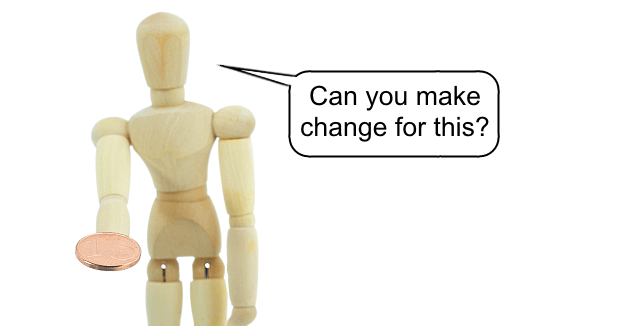
Nope.
Free should be used is a test, not as a business philosophy.
Zillions of online tools let us try their products with the free trial, and that’s awesome. A lot of companies have scaled down free versions, and they can be good, but it’s shortsighted of us to try and run our art businesses without paying anything.
I have written elsewhere about the folly of false economies, so I needn’t belabor it here, but the fact remains that for an artist to look professional you need some “skin in the game”.
Your website needs to present you and your art in an enticing manner; not with ill-lit pictures from a borrowed 2004 digital camera; you need to invest either the time to learn to do it right, or to invest the cash to hire someone to do it right for you.
5) There are SO many pieces to the puzzle.
- You need to know what good and effective website design is. (Read Ben Hunt’s stuff on web design; I highly recommend it!)
- You need to be able to take great photographs of your art and understand how to post them online without slowing down your website (I use www.tinypng.com; it’s terrific!).
- If you do online video, and I think you should, then you need to know how to script, light, shoot, edit, and post video that does what you want it to do.
- This means learning and using a decent video editing software, familiarizing yourself with various video formats, recording and mixing good audio, understanding lighting, and of course storytelling and proper salesmanship.
- A vital piece of the puzzle is using email in your marketing, which means setting up a series of emails that engages your list automatically, but if you don’t know what you’re doing you can burn your bridges pretty quick. (Go with ActiveCampaign).
- You need to know about and understand how online payment processing works, (gadzooks you at least need PayPal, and lately I’ve become a big fan of Stripe), because if they can’t order from your website what’s the bloody point!?
- You need to know about SEO (search engine optimization) so that people looking for what you’ve got can find you.
- It would be handy to know how to run effective online ads that won’t bankrupt you. For instance, psychologically, there’s a world of difference between Google Adwords and Facebook ads. Adwords is about replying to a search query via keywords. Facebook ads are about getting in front of people who are aligned with what you offer, but specifically aren’t looking for you yet. This is a subtle but crucial difference.

Of course, you don’t have to do all this yourself; you can hire it out, but you DO need to understand all of this. Oddly enough, the one thing you don’t need to know is how to write HTML code!
This is why many “one size fits all” solutions are so popular; they a solution for all of these topics under one roof. In fact for most artists, Shopify is probably the best way to go: they have awesome templates, can handle hosting and online payment, have world-class support, and are very affordable with plans starting at $29.
I doubt you can have a better website any easier, or for less money.
I’m not a great big fan of places like FineArtAmerica.com and Etsy. They seem to do a good enough job as far as it goes, and it may not hurt to have a presence on the sites, but they should never be your entire presence online. They should feed into your website; not the other way around. They should be a piece of the puzzle, not the entire puzzle.
Now we just have to worry about getting customers to your site (gah!)
6) There’s no sense of urgency online.
Even if you do everything right on your website, very, very small percentage of people that stumble across it will ever purchase anything, even if they really like your art.
Why?
Because they feel they can come back any time they want to…they’re “just looking”.
Unless they have a time crunch or an emergency such as an overdue birthday present, missed anniversary gift, or last minute Christmas shopping, there’s never any urgency to purchase now.
They’re dottering around the Internet in that the mindset they can come back anytime and pick up something if they like it. The hard reality is, however, that people rarely remember things that they see for longer than about 15 minutes. They hardly ever bookmark the sites that they like, or even if they do, their bookmarks are a black hole that nothing can be retrieved from, and the odds that they’ll ever come back to your site are stacked against you.
When people go to art websites they’re gathering information, rummaging around, and getting a sense of things. Or killing time.
It’s the ultimate window shopping.
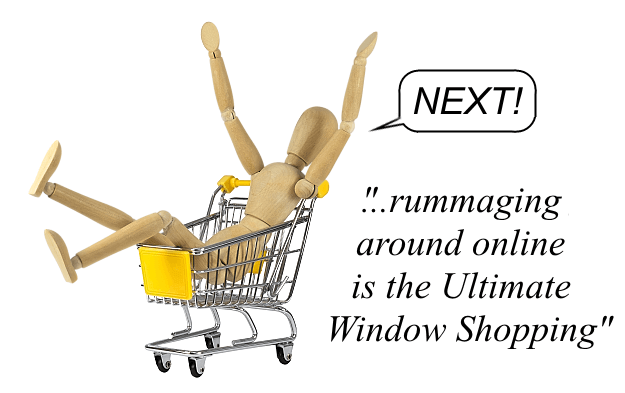
It’s very, very rare that people come to an artist website specifically to shop unless they’ve been sent there specifically by another method. It’s very rare that anyone looking for art will find any given artist at any given time, and that’s you and me included.
Now it is true that on certain sites like Etsy or Fine Art America, people do go to those sites specifically to buy, but you’re hardly playing on an even playing field. You’re competing with thousands and thousands of other artists at the same time, for the same set of eyeballs.
You’ll notice that the artists that sell the most on these sites are also playing the game the best. Just as in every other game of search and/or ranking online, whether on Google or Amazon or anywhere else, it’s not about equal opportunity: it’s about serving up what’s already popular.
Pure Darwinism.
If you don’t understand the rules of the game, you’ll wither on the vine.
“Are you suggesting that I don’t have a website”?
Of course not.
“Then what are we supposed to do!!?”
The good news is on the opposite side of the coin…
Selling art in person is the least efficient, but it’s the most effective.
There really is no substitute for somebody seeing your art in person
Websites, catalogs, brochures, and all other printed material are all very nice, but seriously, there’s just no substitute for seeing it in person.
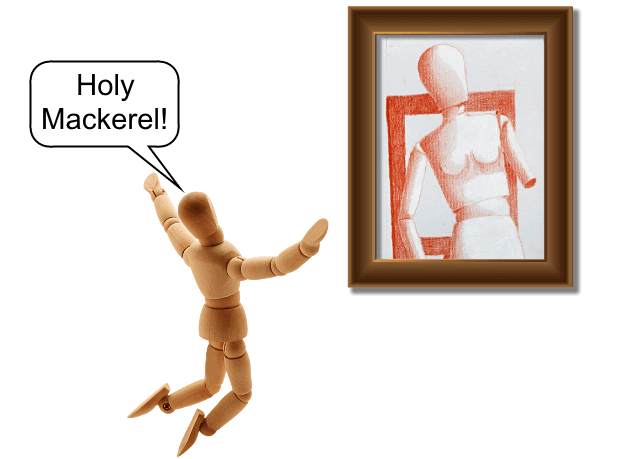
Galleries are the first option that comes to mind, and continues to work very well for legions of artists, but not every artist is able to get into galleries, or not enough galleries to keep them “in the style to which they are trying to become accustomed”.
The best option
As I’ve written about elsewhere, the artist is an integral part of the process of selling art. Beyond what the art “looks like”, people want to know and be reassured that the artist is, if not yet famous, then at least worthy of their attention.
The easiest, most direct, and simplest way to accomplish this is through an art show.
Yes, art shows.
An art show is kind of a blanket term that covers a lot of situations, but what they have in common is your art and you and/or your representative(s) interacting with a bunch of prospective clients.
It can be as simple as a flea market or as highbrow as a world-class exhibition one of the top galleries in the world. They can be private or public. You can be by yourself or with 1000 other artists. They can be traditional or they can break new ground.
Six advantages of art shows
1) You don’t need any new and/or specialized skills.
If you’ve ever had nice chit chat with a stranger in line at the grocery store or was someone you’ve just been introduced to then you have all the skills you need to do an art show. I don’t mean to imply that they’re easy, but once you’re set up and there are people there, it’s just talking.
Sure, there’s a lot that’s helpful to know such as how to pick the right show, how to price, a few tips on designing a booth, how to set up a proper display and so on, but compared to learning how to use Photoshop or how to host video in Amazon’s S3 system, it’s a piece of cake.
2) More consistency.
Unlike a website which historically has had very practical reasons for updating and redesign every couple of years, a good booth set up can be used for years with very minimal maintenance. I’ve been using my current booth since 2007 and outside of cable ties have not had to replace a single part of it. It’s flexible enough to use in a variety of situations, it’s easy to load, is durable, suits a variety of environments, and looks terrific.
I’ve spent infinitely more time and money on my website during that time than I have on my booth. Curse it.
And when I do a trade show I don’t have to worry about the rules changing halfway through.
No one is going to come and tell me that what they told me to do previously will now result in me being kicked out of the show (I’m talking to you Google and Facebook).
3) People act like people.
Unlike what happens when people are online, we as a society have conventions that we tend to adhere to.
Unless we are a boor, we don’t interrupt while the other person is speaking, we have a modicum of manners, we’re respectful enough so as not to give offense or to embarrass other people, and we generally understand that we all have roles to play when speaking to each other.
For instance: if a person has a question about you or your artwork at a show they will ask you, and then they’ll listen to the answer.
Online however, if the question isn’t answered almost as soon as it’s formed in their mind, they leave.
*Poof!*
Imagine how jarring it would be to have somebody ask in person “How long did it take you to paint that?”, only to have them walk away three words into your reply… but that’s the norm online.
Plus it’s extremely difficult to spontaneously ask somebody a question on your website. But in person of course, you are actually having a conversation.
As far as that goes, it’s very difficult for anyone to ask you a question online either; at least not without sophisticated live chat software or a delay in waiting for an email to go back and forth, neither of which are as easy or as effective as face-to-face interaction.
4) There’s a deadline
Unlike the open-ended “windowshopping” of being online, there’s a built-in urgency that works in our favor during an art show (unless we do something to undermine that).
I’m a big believer in the “show special”; a special offer that’s only in place for the duration of the show.
If you don’t have a show special, and you live in the city in which the show is being held, the same windowshopping mindset can apply. They may not feel any particular urgency to buy anything because they think they can just contact you anytime and buy (this is also why I like to travel to shows as opposed to local shows).
Humans procrastinate, even on things they want to do.
Who doesn’t have a book or project that they’ve been meaning to get to for ages? Who hasn’t lamented putting off calling that dear friend not seen nearly often enough?
The average person lives in a world of “Someday”.
In this vein, instead of making a damned decision, people actually think that it will be easier for them to:
- Root around for your contact info (rendering most of this stuff moot because they either lost it or didn’t get it in the first place), then…
- Track you down
- Contact you
- Buy something
- Arrange delivery of this particular piece of artwork, and
- Reach into their pocket to grab a credit card
How is this easier than just reaching into their wallet and grab the credit card now…?!
It’s not, but the delusion is easier than the decision.
“We’ll call you next week…”
How many times have we heard THAT?
However if we have a show special there’s an impetus for them to take advantage of it while they’re standing there, without adding any cheap sales pressure or tactics.
5) It’s easier to build your list.
One of the best reasons to have a website is to build your list; in fact my own website has seven different ways for someone to raise their hand for more information thus setting themselves to my list, but it’s still a very, very small percentage of visitors to my site who do.
Even though I have split tested and experimented for years to find the best ways to have people sign up for something on my website, I’ve never been able to get it consistently above 2%.
However at an art show well over 90% of the people that I speak to join my list, as well as hundreds of other people whom I just don’t get to speak to.
How?
I use a draw box.
It’s the most important part of my booth. And it’s not one of those “five dollars off of an oil change” coupons either; I’m a big proponent of the “irresistible offer”, and I use the draw box as an excuse to interact with people.
It’s not uncommon for me to add 1000+ names to my list over an average two or three-day show, but that would take a couple of months to take place organically on my website.
Also, depending on the kind of show I’m doing, people are entering my draw by putting their business cards in the draw box, which means I also now have their mailing address.
And why is this list so important?
Because the list is what keeps business rolling in between shows!
6) It’s FASTER to get things cracking
Even if you’ve never done a show before, if you book a show on Tuesday, it’s entirely possible to be profitable at the show on the upcoming Saturday.
You can get all the info you need (maybe do that in advance of booking, especially if it’s your very first show), get your materials in place, and do the show, and be coming out ahead.
Now rushing into a show like that isn’t optimal, but it is possible.
Let’s contrast that with building a website from scratch – by yourself – that you want to sell your art on.
You’d have to:
- Decide what kind of platform you want to build it on.
- Host it somewhere.
- Register your web address.
- Create all the content for the site: bio, stories and sales copy, descriptions, etc.
- Have professional quality photos taken, edited, and posted.
- Set up a shopping cart – and you’d have to have banking arranged too, even for PayPal. This usually means getting a SSL certificate.
- Sort out your shipping options.
And on and on. Even if you went with Esty or FAA, most of these steps still apply one way or another.
There’s a good amount to do before a show as well, but the point is that for the vast majority of artists, it’s a lot faster to get up to speed for an art show than it is to get a profitable website up and running.
So yes, I do use a website – as should you – because it’s an important part of my ongoing marketing process, but it’s been art shows that really kick-started my career.
Pound for pound, dollar for dollar, minute for minute, there’s no more effective or EASIER way to:
- boost your sales
- build your list
- turbo boost your career
– than well-chosen, well-done art shows. PERIOD.
But even here, it’s no cakewalk
You need to know what you’re doing.
If you go running in half-cocked you can waste hundreds or thousands of dollars on unsuitable shows, poor booth designs that were needlessly expensive, or by not having the proper systems in place to properly capitalize on the opportunity.
Sure, you could figure it our for yourself – that’s what I had to do – but it cost me tens of thousands of dollars in mistakes and errors in judgment, and at least a decade in time.
And time is the one thing we can’t get more of.
But there is a solution (cue commercial intent!)
The Ultimate Guide to Profitable Art Shows might seem a bit expensive until you think about:
- How much you can SAVE by learning from other’s mistakes.
- And how many years you can save from having to attend The School of Hard Knocks.
Oh, and there’s also the added art you can sell…!
I promise you – taking and implementing what you learn in the course is FAR cheaper and MUCH faster than trying to learn as you go.
And infinitely less frustrating!
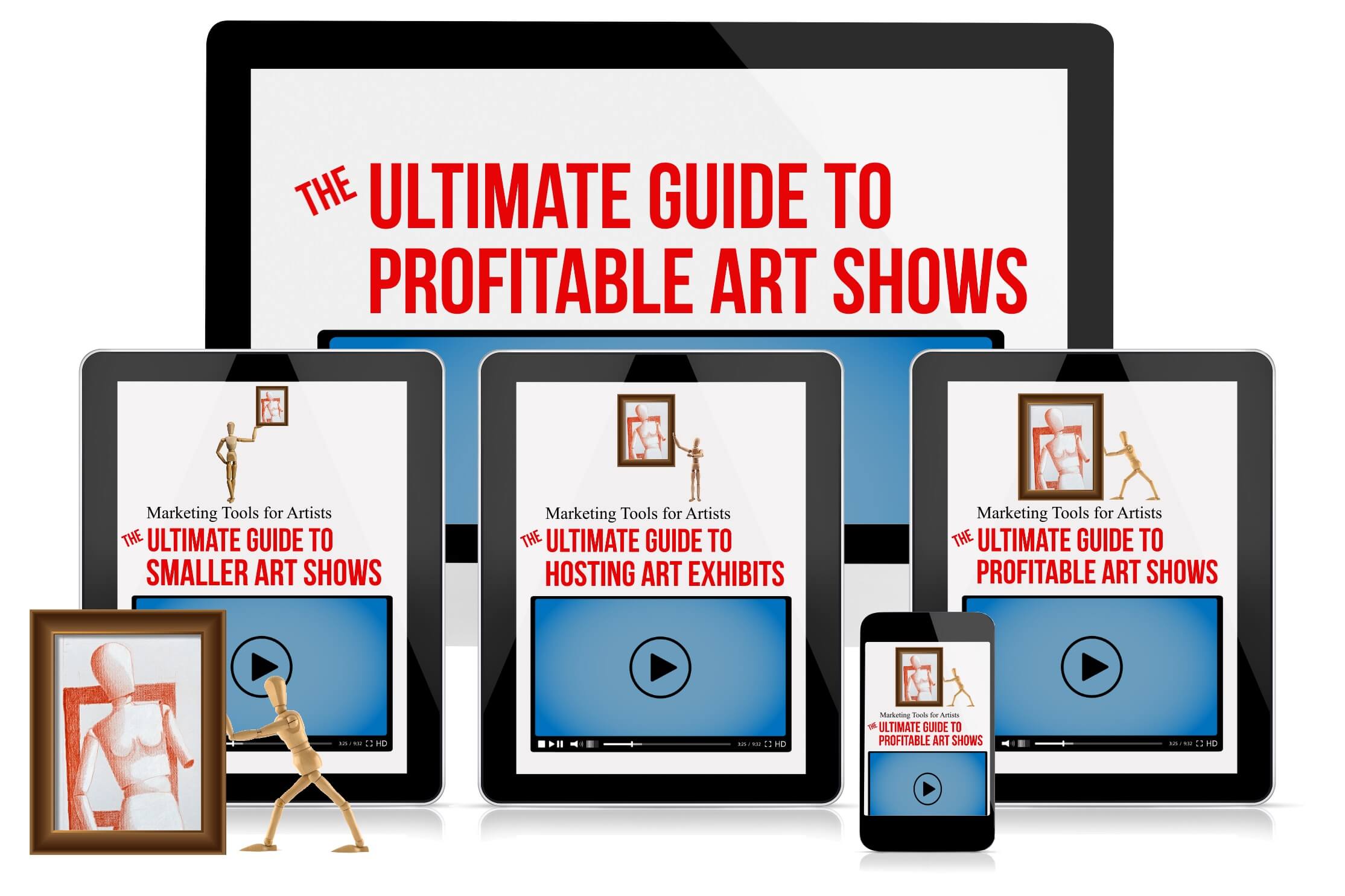
"I'd never really done art shows before, but after I got The Ultimate Guide to Profitable Art Shows, I did over $15,000 in business from my very first show!
I only had two prints for sale in my booth, and I only used a small fraction of what was in the course; I can't wait to implement more!
If you're an artist, you NEED this course!"

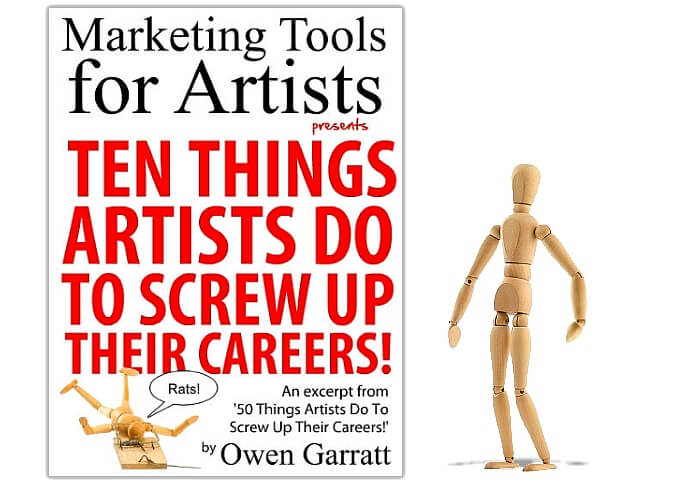
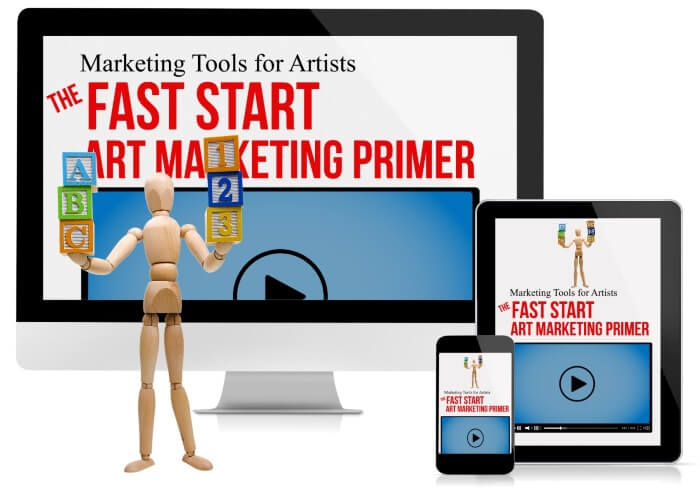
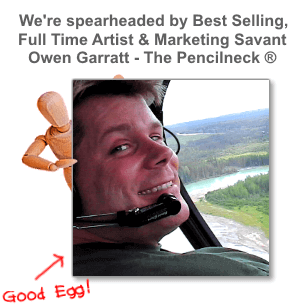
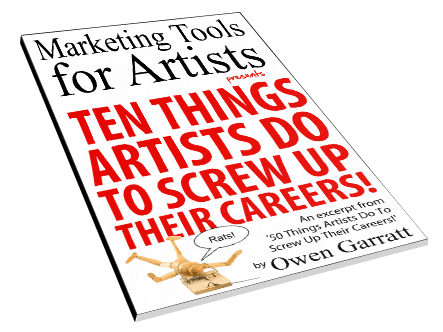
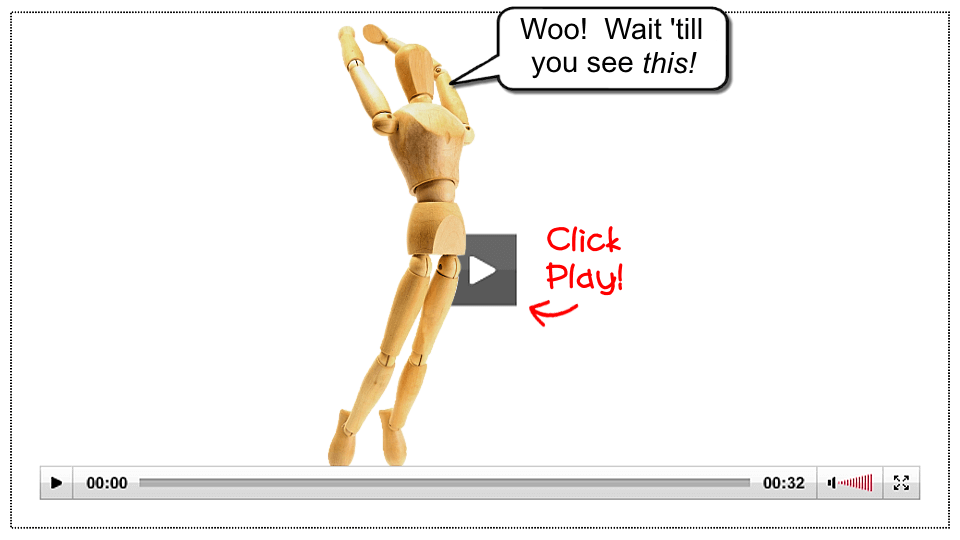
Hi,
Again, a huge thank you to you for sharing all this superb advice and information, it is re shaping my whole attitude to selling my art.
In gratitude
Diane Cox
Thanks Diane! 🙂
All very well said! I am about to have a show and will have a draw box. I’ve never tried that. I’ll get back to you on how it works out. 🙂
Twitter is mostly a waste of time for my art biz. I put off messing with it for a few years. I now have one and I don’t know why. Nothing is different for my business, now that I am on Twitter. No one ever really engages with it. It’s boring. It’s bland. It’s the same ol’ same ol’ every time I look at it. Something about it screams insecurity on a world-wide level. I guess I could spend eight hours a day on Twitter for the next few years, build up strategies to get followers, etc. . . . but WHY???
Just sayin’.
R
Amen!
For some artists it may make sense if their clients are rabid users.
Mine aren’t, and it doesn’t occur to me to stand there reading shortened URLs to links I know nothing about because there’s no info about it. Facebook, for contrast – or maybe more importantly Facebook users – tend to explain a bit about what it is, and why it’s cool, or useful, or whatever.
The best Twitter users actually use words and make comments, they don’t just retweet links from everywhere…but I don’t have the temperament to scroll through dozens of indecipherable usernames and shortened links to see that Arnold wants to try combing his hair like Donald Trump, or whatever.
Hi Owen, Interesting read. I had a website at one time but it was not a good one. I have been putting off doing another one until I know more about what I need. The look and feel of the site and what is my niche market . I would love to hear more about your process of getting a website up and running. I do know my site would be about my product and service, set up to sell, not a brochure. That is not what I had before and it was a speck of sand out in the Desert.
Have you ever thought about allowing one of your followers to help you with packing, going to your show, help with set up, observe you interact with potential client/customer, tear down, pack, go back home, unpack, to get a good feel of what they are getting into? You could mentor them through the process. How about what you go through to find the best shows and book them? How do you do that? What would you charge to help a client-student get this in real time learning experience? This could make some killer videos for exposure for you as well! How many people out there selling things take it to that level? Look forward to your reply, by the way, I did enjoy the article. Very good read. Thank You, Billy Dillard
Thanks Billy! Yes, I do have plans to release a course on website development; but things change so much I have to make sure it’ll be relevant over time.
That’s an interesting idea, having what we used to call in sales, on a “Day of O” (for ‘observation’). With the right artist(s) it could work out very well and be of value to everyone…but with the wrong artists tagging along, it could be a train wreck!
100 years ago, when I was a regional sales manager for a telecommunications company, I’d have to train reps who’d schlep along and watch what I do and how to do it – in addition to being a sales manager I was also in the top 2% of producers nationwide.
9 out of 10 of these new reps couldn’t follow these simple instructions: “Your job today is to absorb information and to be invisible. Don’t say anything, save any questions until we’re alone, don’t fidget or yawn or stretch or scratch or anything to divert the client’s attention. You keep eye contact with them, or at whatever I’m drawing attention to. If they look at you, just smile. Don’t say a word. You’re to be a pleasant statue.”
Then after the first appointment I’d have to say this: “Okay that was pretty good, but you kept clearing your throat and cracking your ankles, which was distracting them from our conversation, and then you began playing with the dog, and then you asked me a question about the form which could’ve waited. Please, silent and perfectly still, okay?”
As the morning progressed I’d have several conversations along these lines. “We have a problem. I don’t know how to be more clear about this. Having two people in the process throws it out of balance; there’s one of them and two of us and it’s hard enough for them to be at ease, let alone when you keep up a litany of nervous tics, and apparently a mild form of Tourette’s that seems to encourage you to blurt things out and toss monkey wrenches into the works!”
It was the damnedest thing; it seemed that 90% of the people who I trained insisted on acting like a 4 year old after an 8 hour car ride. Stand still. Be quiet. Period. Nope.
So maybe that’s why I haven’t considered it; I’ve had 100’s of bad experiences! 🙂
Still, it might have merit in this context…
I’m with Owen on this one. I can’t imagine setting up a show with someone watching me and possibly trying to talk to me and ask questions about what I’m doing while I’m doing it. That would be a HUGE test of patience! Haha!
I’m just starting my art business. I’ve rented a studio space in an upcoming retail revitalization area. I have a website but only plan to use it for an online billboard so to speak. My Twitter (I also can’t stand) has an auto publish that copies what I publish on my facebook page. I don’t try to work it but get a few retweets now and then. I like your advice about being out of town creates a sense that the art will be gone when the show is over, and your draw box idea too. Thanks for sharing!
My pleasure Dana! 🙂
Hi Owen,
This was a fabulous article and summed up everything for me. It is all so so true. I have just entered the online world with my website but came to the realization that how the heck really, will I stand out from the millions of artists already out there? Your article came in the nick of time as I really thought about tossing it in and going back to the ‘real job’! I haven’t got thousands of dollars to spend on SEO and had to work out the basics myself including building the website with Weebly. It certainly makes perfect sense getting into the real world to meet potential collectors, as you suggest, doing shows (gasp!). Please keep writing articles as they are very motivating and down to earth. Your information is invaluable for a newbie to the game, thank you!
Thanks Lesley! Egads, don’t spend anything on SEO!!! There’s lots of dudes who’ll take fat fees for SEO work, but it’s a quagmire out there. The rules change SO often, and Google is done fooling around with anyone trying to game the system that it’s just not worth it. Much like getting cute with one’s taxes, it’s YOUR arse on the line, not your accountant’s or in this case, the propellorheads who got you into that mess.
Here’s the thing: free traffic is going the way of the Dodo. Unless you have your own audience, you’re going to have to pay to reach people – which is fine, but you need to have things setup to build your audience, otherwise it’s a waste of resources…
If you need traffic and are willing to spend a little (like $5 a day) to dip your toes in the water, get Perry Marshall’s Adwords and Facebook ad books off of Amazon. He’s a personal friend of mine and his books are the industry standard.
I think that messing with Twitter is one of those $10/hr jobs. I just don’t have time for it. I always try to ask myself, “What would Oprah do?” Haha!
Thanks Owen,
lots of great insight in here – and wisdom, too. As a web designer/developer since 2000, and then writer/creative director at an ad agency, I can attest to all the challenges and difficulties you’ve stated above.
Writing is hard! The rules are constantly changing. And what’s worse in my opinion, the internet giants never let you converse with humans – if you’re out, you’re out.
As an emerging late blooming artist, I didn’t want to do art fairs (oy, me back!) but after reading this and listening to your Fast Start program, and all your interviews online (I’m thorough), you’re convincing me.
We don’t have many art fairs here on this rock called Newfoundland. But I’m going to start with open studios to get the hang of it it all. And I mean “hang” literally – because first I gotta figure out what to use to display and hang all my canvases. So much to learn!
No one said this was gonna be easy. But sitting in a cubicle working for someone else’s vision ain’t all wine and roses either.
Thanks for sharing your knowledge!
Thanks Irene! Best of luck!!! 🙂
No substitute for having own bricks and mortar gallery COLORADO SCENICS Breckenridge, Colorado 1992-2017. Tired, closed it to go on line expecting an easier business with less overhead. Surprise! Starving! Art Shows: Logistical nightmare, travel and lodging expenses eat you alive; bad weather in Summer outdoor shows shuts you down. Legitimacy: you are a traveling peddler, here today, gone tomorrow or the next day. “Hey, a scratch on the piece I bought, where did he/she go?” In short, I wish I never closed my own shop. I sold 1,000 pieces my last year, a big decline from previous years. I should have stayed to turn it around..O well..
Hey Steve! I dunno; the day we closed our shop was the happiest day of my professional career!
$75,000 a year in leases, utilities, licenses, etc. now stays in my pocket.
We sent a letter to the clients (NOT just an email!) explaining that we were moving the business back home and were by appointment only.
How much business did we lose? Nothing!
I agree that shows can be a drag if you go about them the wrong way, and if “the traveling peddler” thing is happening, that’s likely because you didn’t do what you needed to do to keep in touch!
(That’s the Tough Love part right there..!) 😉
And that’s the same whether you have a bricks n’ mortar gallery or not!!
I say congrats on your newfound freedom! Yes, it’s different – it’s important to note that you need to do different things!!! All the best!